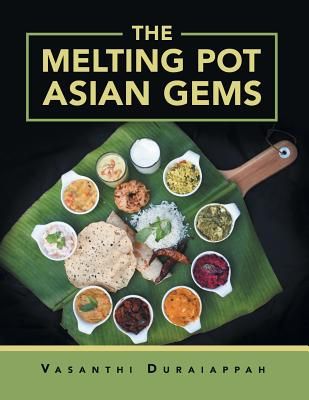Home
Russian Silver in America: Surviving the Melting Pot
Loading Inventory...
Barnes and Noble
Russian Silver in America: Surviving the Melting Pot
Current price: $69.95


Barnes and Noble
Russian Silver in America: Surviving the Melting Pot
Current price: $69.95
Loading Inventory...
Size: OS
*Product Information may vary - to confirm product availability, pricing, and additional information please contact Barnes and Noble
Hillwood Museum’s Russian silver collection is the largest and most comprehensive outside Russia and curator emerita Anne Odom provides a cultural, political and historical context in which to view this fascinating collection.
Russian Silver in America
surveys Russian silver production, its changing forms, styles, imagery and techniques over more than 250 years.
Drawing on the collections of both the Hillwood and other US museums, the book features colour plates of over 160 pieces: presentation gifts, commemorative and liturgical objects and pieces made for the court and growing merchant class, including drinking vessels, tea and coffee services, and chalices used by the former imperial family.
Anne Odom charts the history of Russian silver through the baroque styles of the reigns of Peter and Elizabeth, the move to Rococo and Neoclassicism under Catherine and Paul, revivalist styles under Alexander I and Nicholas I, 19th-century styles up to Fabergé, modernist production, and the fate of Russian silver after the Revolutions. Running throughout is the fascinating story of how and why so much Russian silver found its way into American collectionsmuch of it sold by the Soviet government in the 1920s and 30s as it was considered to be of no artistic value. These sales mean that much of the extant Russian silver produced after 1835 is now housed in America.
Russian Silver in America
surveys Russian silver production, its changing forms, styles, imagery and techniques over more than 250 years.
Drawing on the collections of both the Hillwood and other US museums, the book features colour plates of over 160 pieces: presentation gifts, commemorative and liturgical objects and pieces made for the court and growing merchant class, including drinking vessels, tea and coffee services, and chalices used by the former imperial family.
Anne Odom charts the history of Russian silver through the baroque styles of the reigns of Peter and Elizabeth, the move to Rococo and Neoclassicism under Catherine and Paul, revivalist styles under Alexander I and Nicholas I, 19th-century styles up to Fabergé, modernist production, and the fate of Russian silver after the Revolutions. Running throughout is the fascinating story of how and why so much Russian silver found its way into American collectionsmuch of it sold by the Soviet government in the 1920s and 30s as it was considered to be of no artistic value. These sales mean that much of the extant Russian silver produced after 1835 is now housed in America.


















